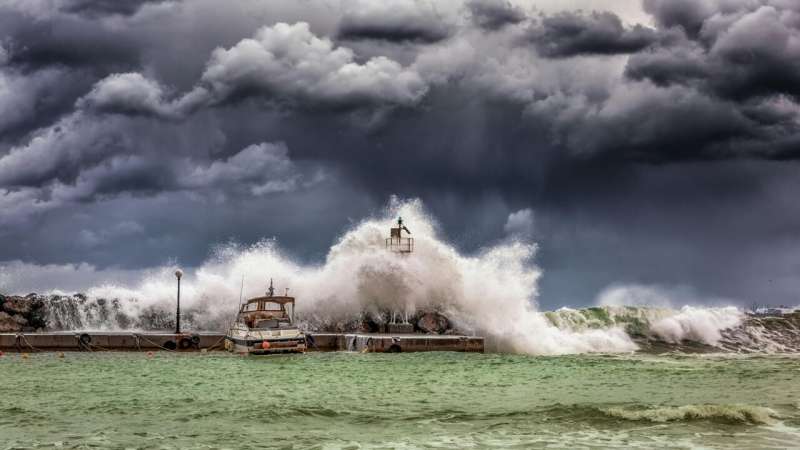As the planet warms, hurricanes are becoming more intense and destructive, bringing heavier rains, stronger winds, and devastating storm surges. This blog post explores the connection between climate change and the increasing power of hurricanes, drawing insights from an expert interview. Discover how warming oceans and a warmer atmosphere are supercharging these natural disasters, and learn about the far-reaching impacts on coastal communities. Hurricanes and climate change are shaping our future, and understanding this relationship is crucial.

Warmer Oceans, More Powerful Hurricanes
As climate change accelerates, the world’s oceans are getting warmer. This warming of the oceans has a direct impact on the intensity of hurricanes. Hurricanes are fueled by the heat energy of ocean water, and as the water evaporates, it rises and condenses, releasing energy that powers these massive storms.
With more evaporated water vapor from warmer oceans, hurricanes have access to an abundance of energy that can supercharge their strength. This results in higher wind speeds, bigger storm surges, and heavier rainfall – all of which contribute to the devastating impact of these natural disasters on coastal communities.
Increasing Frequency and Intensity of Hurricanes
The connection between climate change and the frequency and intensity of hurricanes is well-established. As the planet warms, the atmosphere can hold more water vapor, leading to more frequent and larger floods due to heavier rainfall.
Recent examples like Hurricanes Helene and Milton serve as stark reminders of this trend. Both storms grew stronger due to the warmer waters of the Gulf of Mexico, leaving behind flooded cities and overwhelmed communities. The stronger wind speeds of these hurricanes also push more water onto the coasts, creating larger and more destructive storm surges, which are often the biggest cause of damage and loss of life.
Preparing for the Future: Adapting to the New Normal
As climate change continues to shape the future, it is crucial that we adapt to the new normal of more intense and frequent hurricanes. Coastal communities need to invest in robust infrastructure, such as strengthened seawalls and improved drainage systems, to mitigate the impact of these storms.
Additionally, disaster preparedness and emergency response plans must be constantly reviewed and updated to ensure the safety of residents. By understanding the science behind the connection between climate change and hurricane intensity, we can make informed decisions and take proactive measures to protect our communities and build resilience in the face of these increasingly powerful natural disasters.
